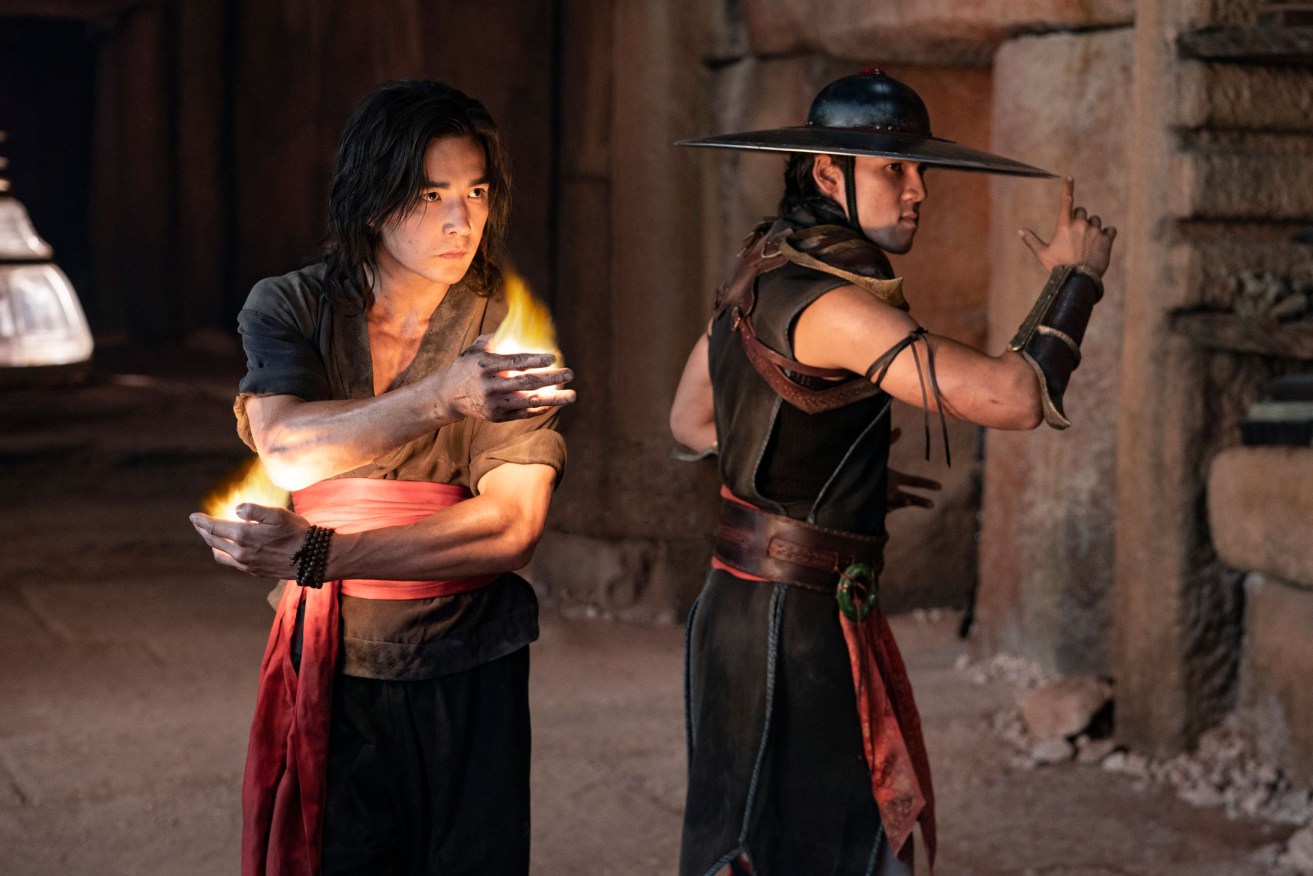Film review: Mortal Kombat
Filmed entirely in South Australia, this outrageously bloodthirsty adaptation of Mortal Kombat will likely delight fans of the video game.


Movie adaptations of video games have a tenacious reputation for disappointing both gamers and movie-goers alike, so much so that the genre is dogged by the idea of the “video game curse”.
Since the iconic game’s release in 1992 and its evolution in various instalments over the years, Mortal Kombat has retained its simple premise – two characters duel on a two-dimensional stage against a range of exotic backdrops. Counter-intuitively, it’s this lack of narrative complexity that makes adaptation to the silver screen so challenging.
Fans of the game demand loyalty to the source material. Movie-goers looking for a solid martial arts film expect a little more storytelling – narrative depth and character development as well as great action sequences and fight choreography. It’s a difficult line to tread. The original 1995 film version of Mortal Kombat stands out as being as one of the better examples of this genre (while the mediocrity of the 1997 sequel Mortal Kombat: Annihilation has achieved legendary status).
Directed by Simon McQuoid in his feature film debut, with the screenplay written by Greg Russo, this movie is a reboot rather than a continuation of the earlier Mortal Kombat movies.
The plot centres on Cole Young (Lewis Tan from Iron Fist and Deadpool 2), an MMA fighter who is has lost his mojo in the arena. Unaware that his dragon birthmark reveals him to be a chosen defender of Earth, he soon finds himself facing Sub-Zero (Joe Taslim), an assassin sent by Shang Tsung (Chin Han), the Emperor of Outworld. The Emperor’s plan is to hunt down all the similarly marked defenders in order to forestall a prophecy and facilitate Outworld’s conquest of Earth.
With allies Jax (Mehcad Brooks), Kano (Josh Lawson) and Sonya Blade (Jessica McNamee), Cole finds himself at the temple of Lord Raiden (Tadanobu Asano), where the group train with experienced warriors Liu Kang (Ludi Lin) and Kung Lao (Max Huang). The defenders race to unlock their arcana (special fighting abilities) in order to battle Outworld’s warriors and save the Earth.
The plot is more a strategy to have fighters face off every few minutes than a traditional narrative arc and the script is saved by Kano’s larrikin asides. But what the film lacks in narrative and character depth, it counterweighs with violence and gore – understandable, considering the video game’s reputation as one of the most bloodthirsty in the genre.
On a positive note, the martial arts choreography and visual effects are impressive, and fans of the game will relish the fidelity shown to the source material. The characters are faithful to their video counterparts with their costuming, catch-phrases and signature moves almost identical to the game.
Another exciting aspect of this film is its local pedigree. All the scenes were shot in South Australia, despite the action demanding a striking variety of locations. The Japanese forest scenes were filmed at Mount Crawford, the Temple of Raiden used landscapes and dugouts from Coober Pedy and the grim wasteland of Outworld was evoked by the open-cut mine at Leigh Creek. In addition to the filming, all the blockbuster-quality post-production and visual effects work was completed in Adelaide, making this the largest production in South Australia’s film history.
This movie revels in blood, carnage and highly imaginative means of tearing bodies apart, and as such remains true to the heart of the iconic video game. Unless you are a die-hard fan – steel yourself.




